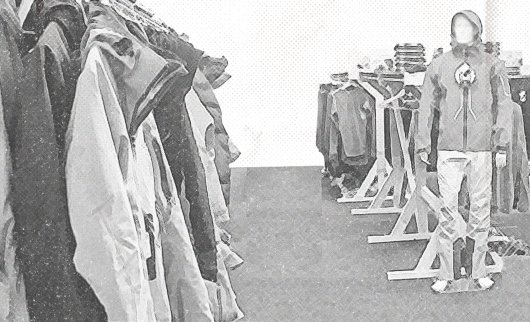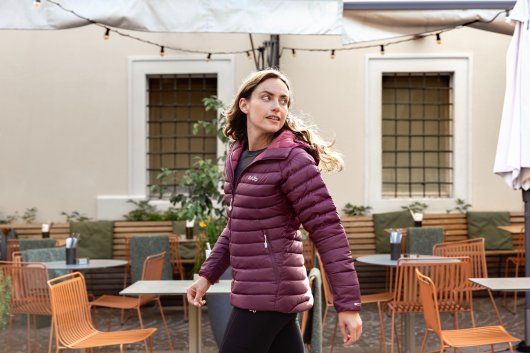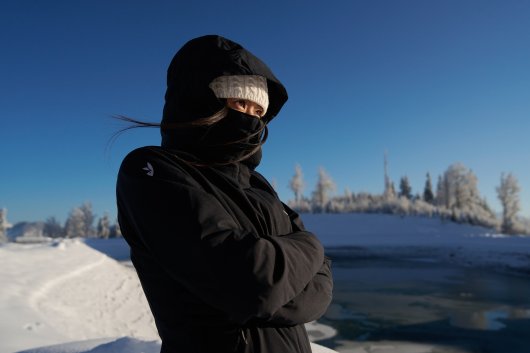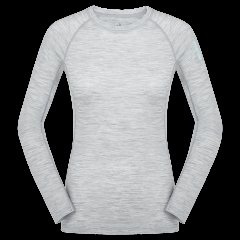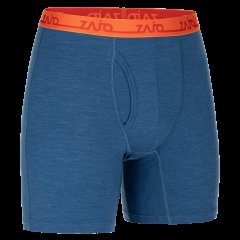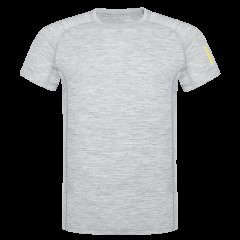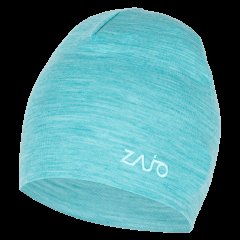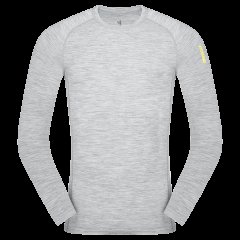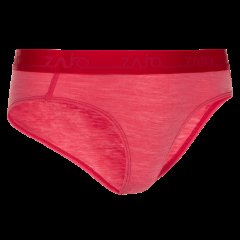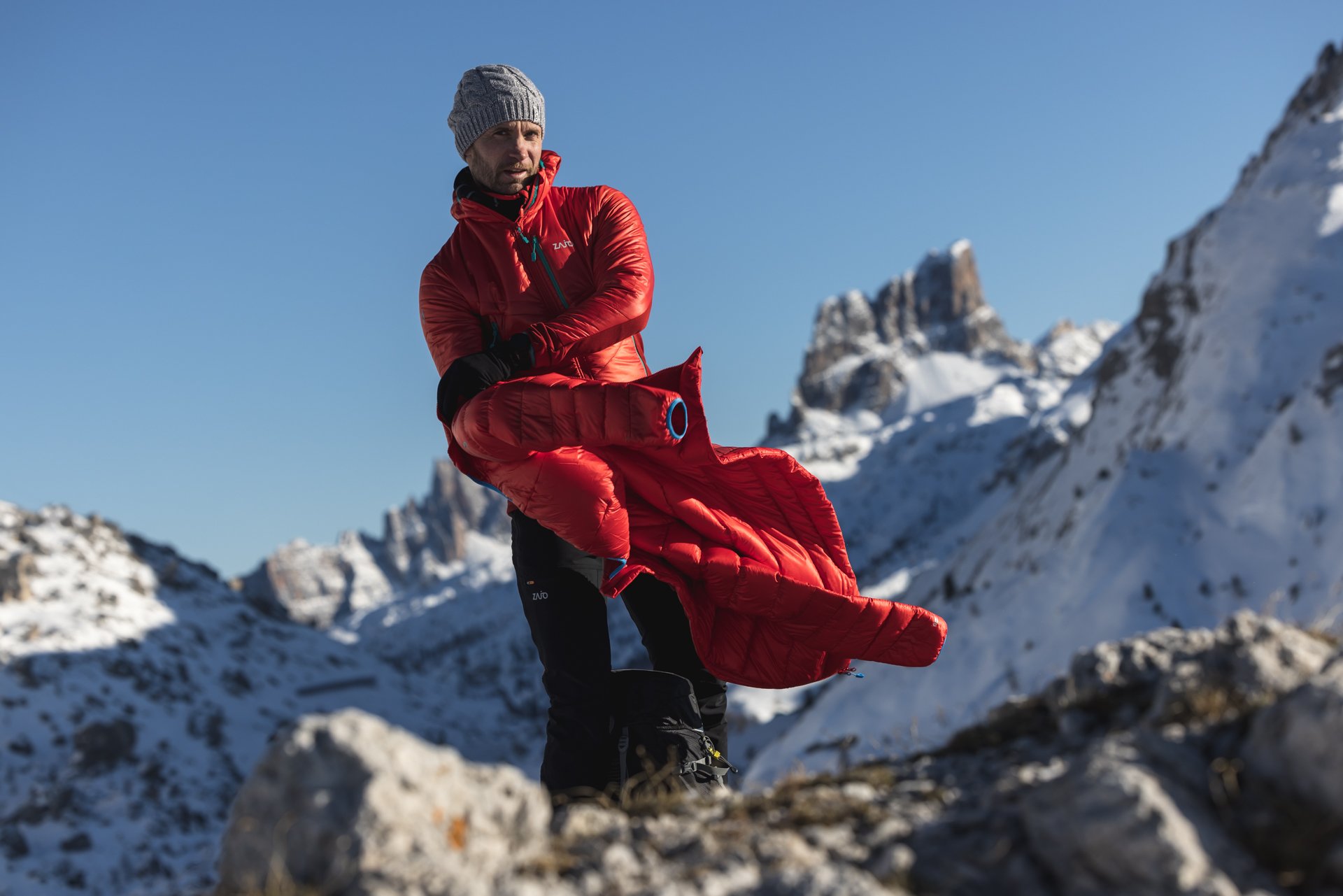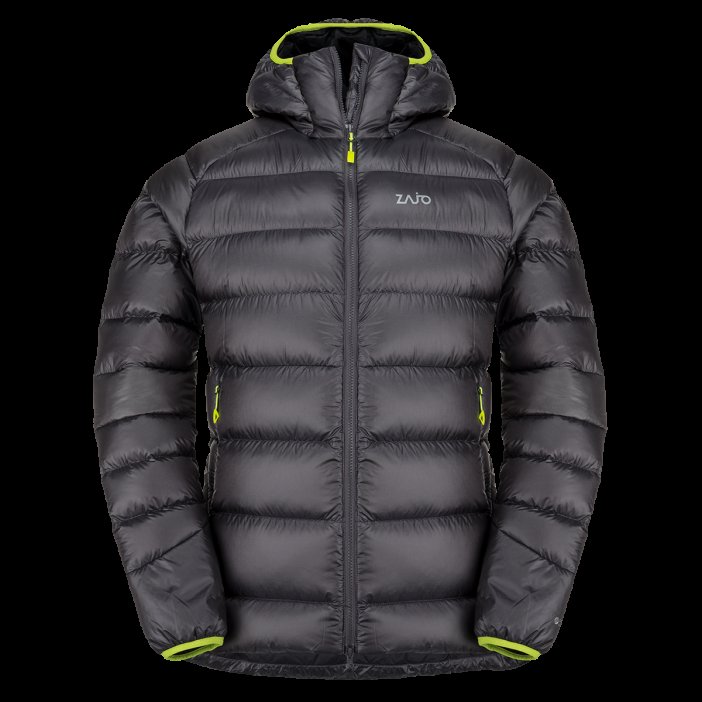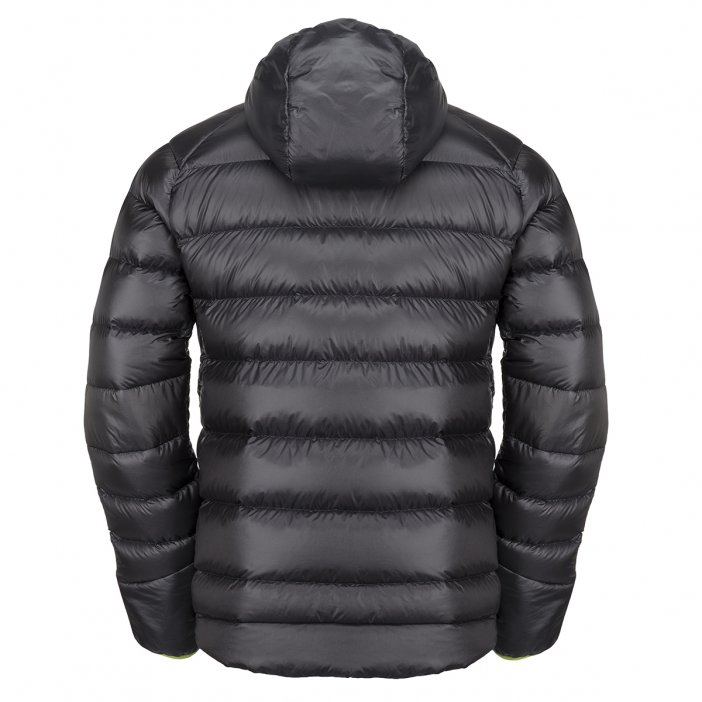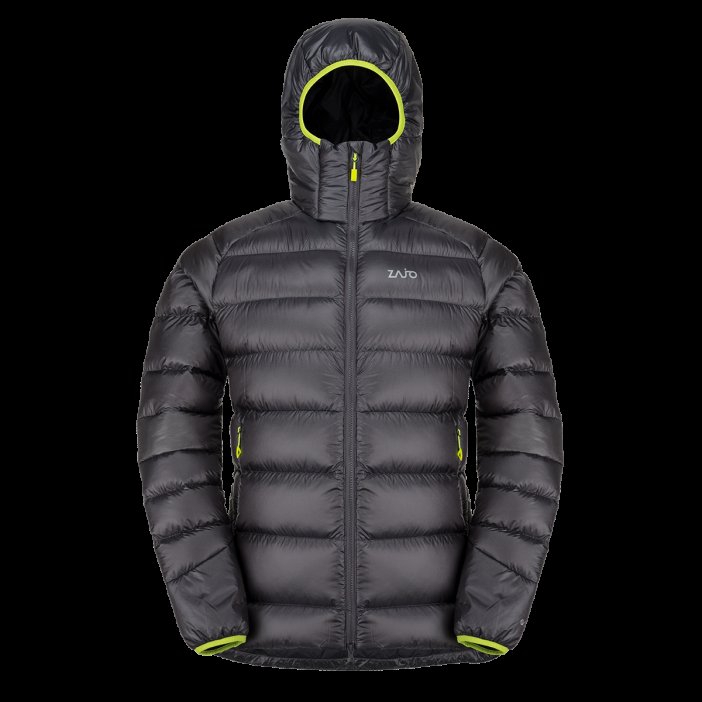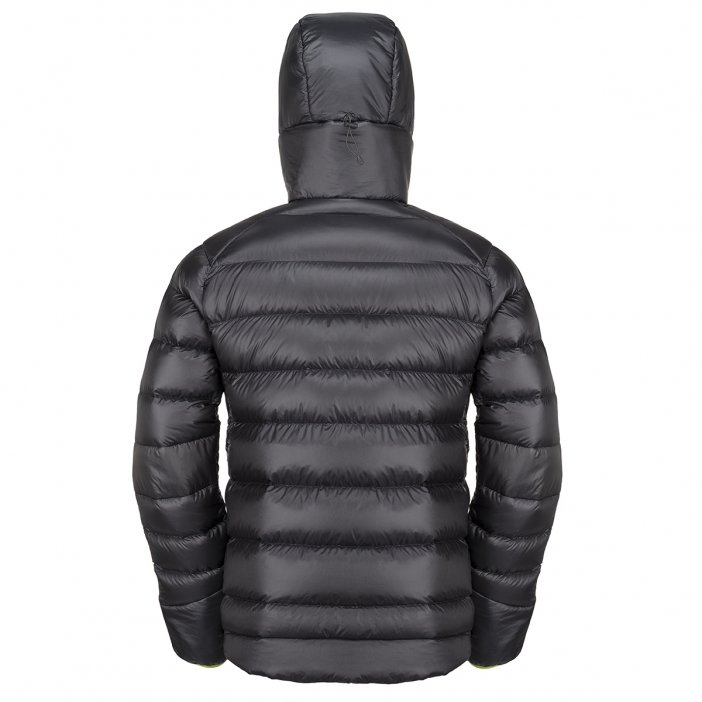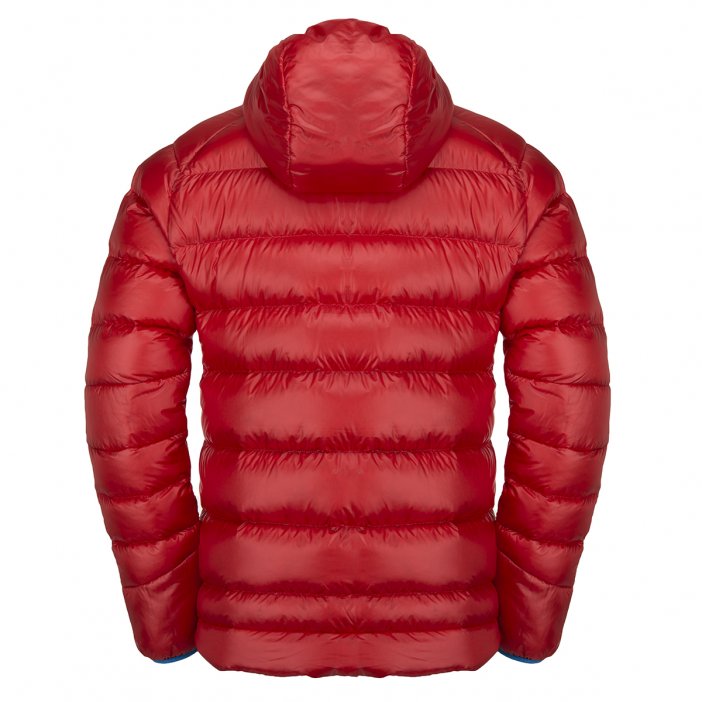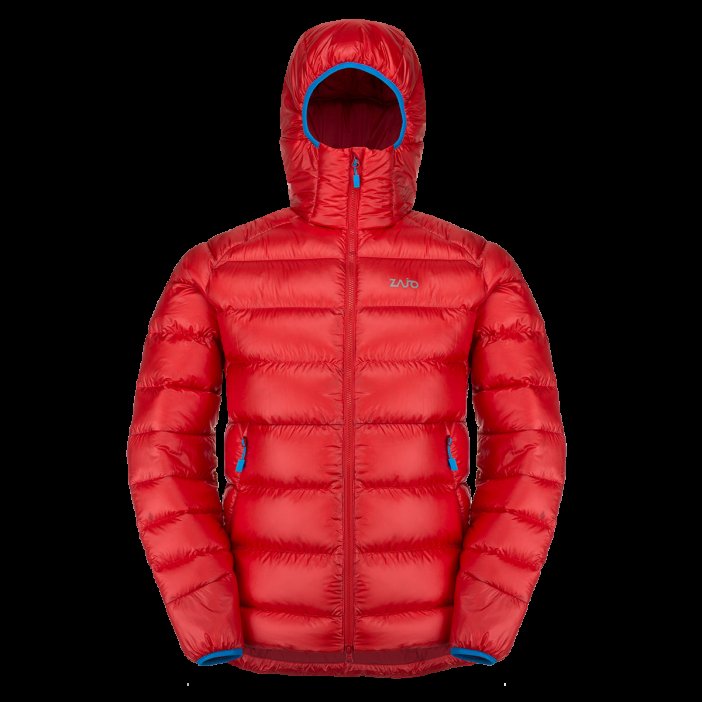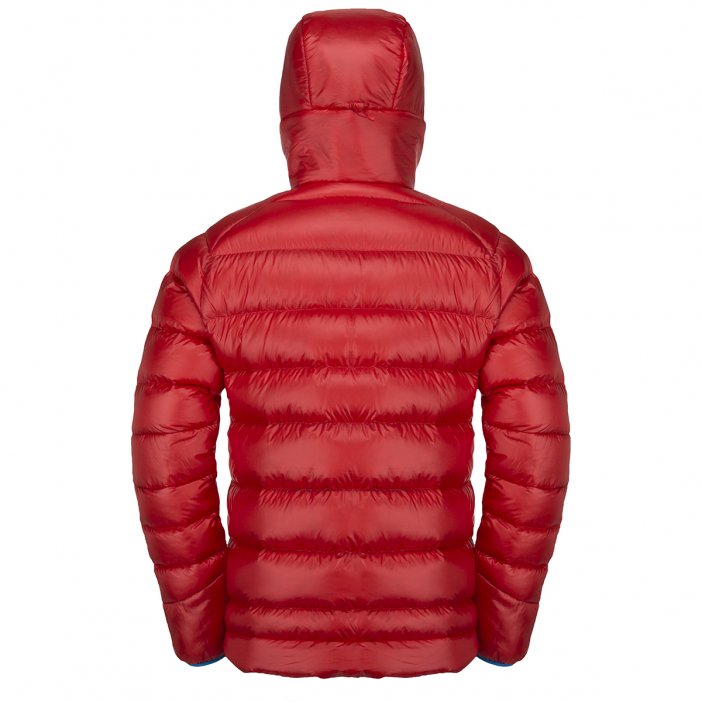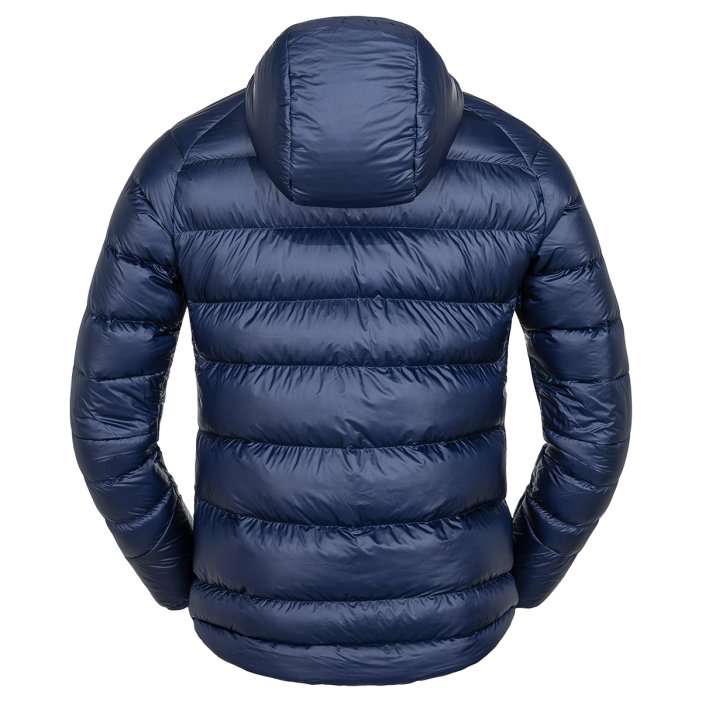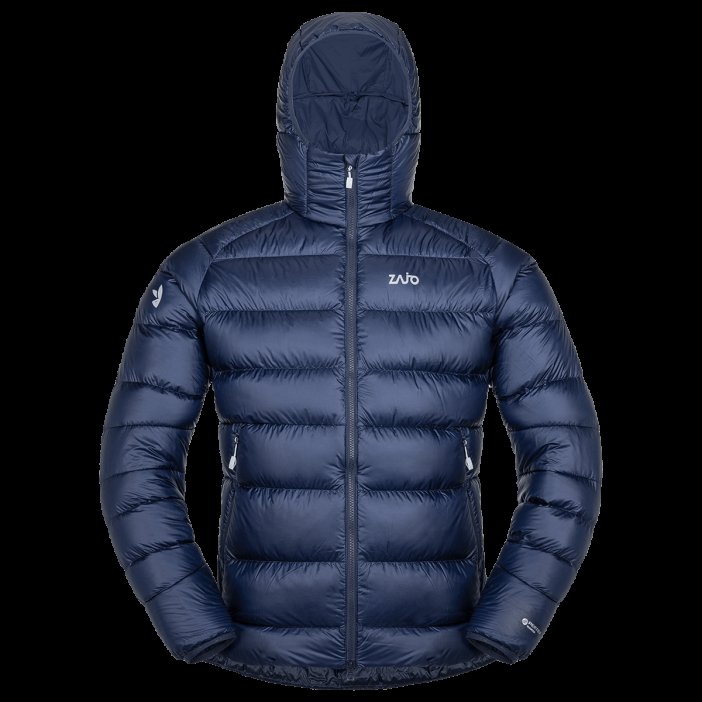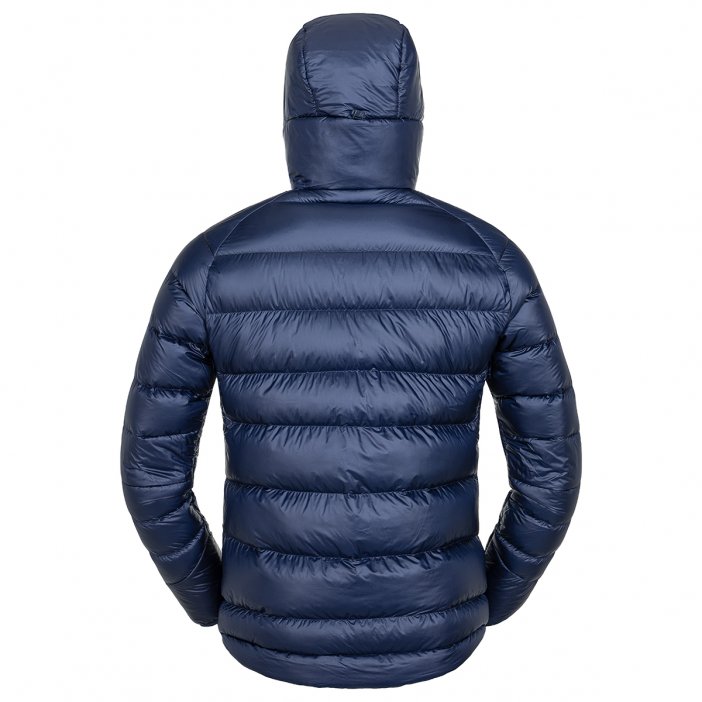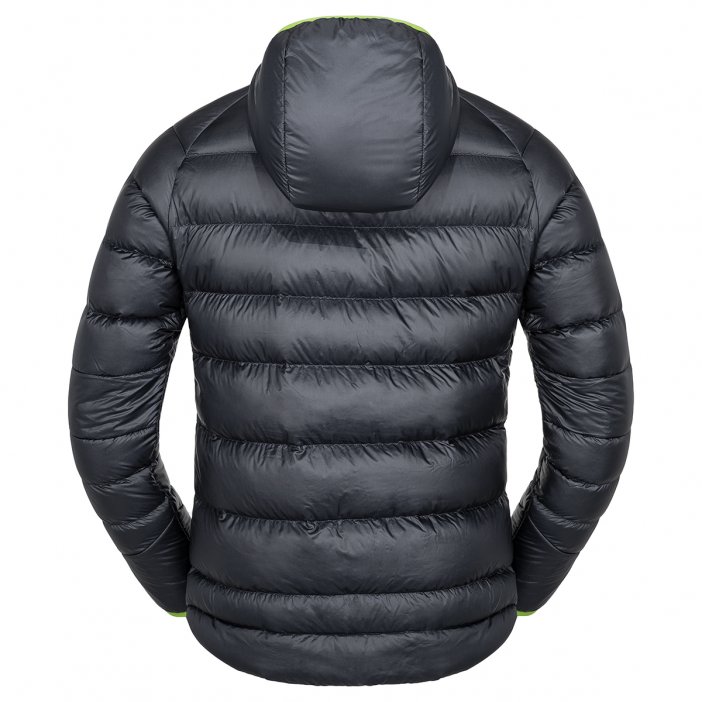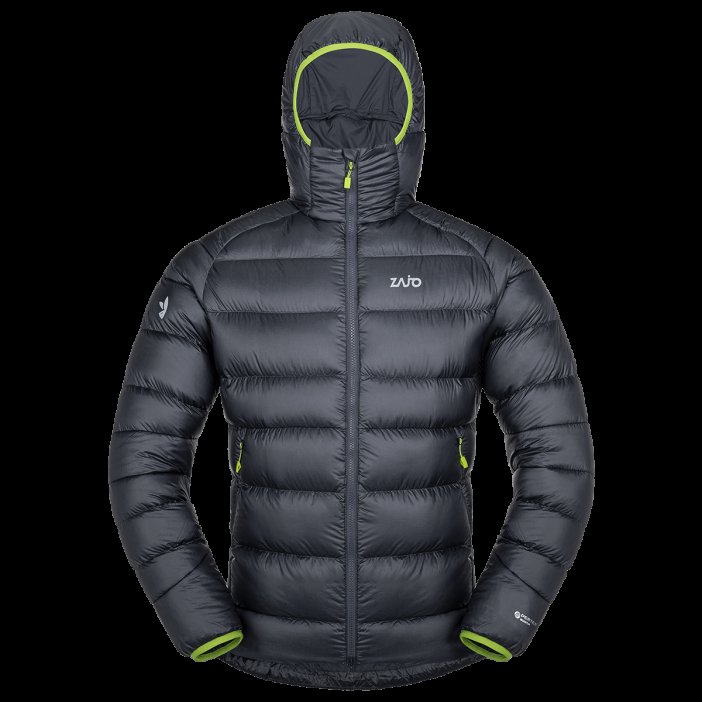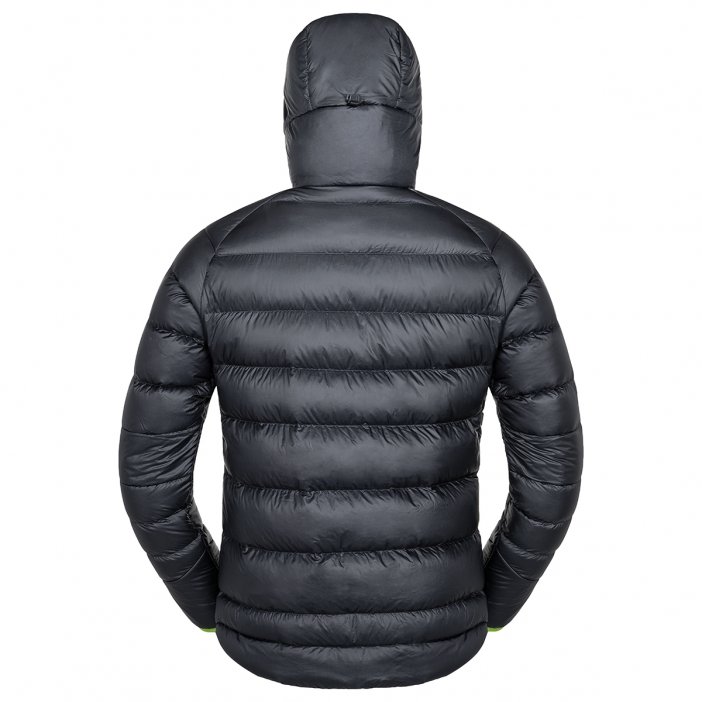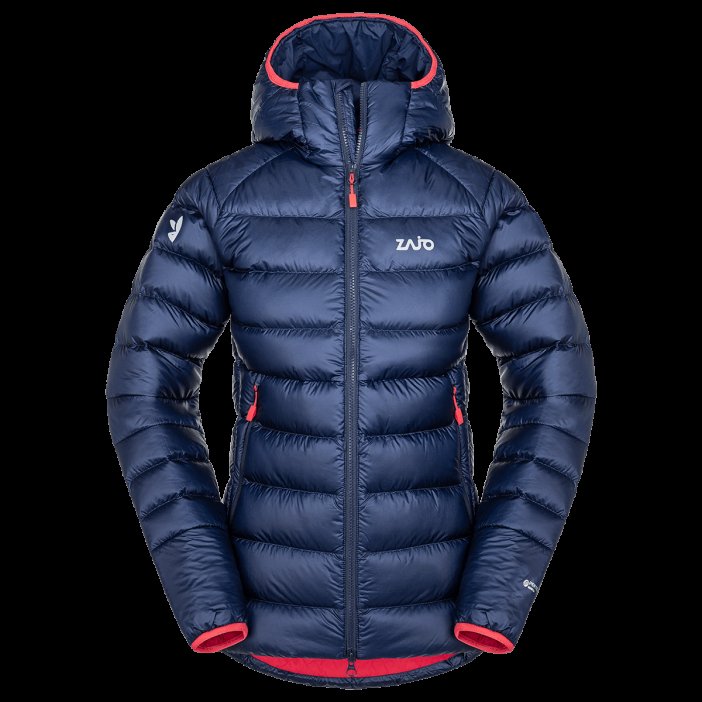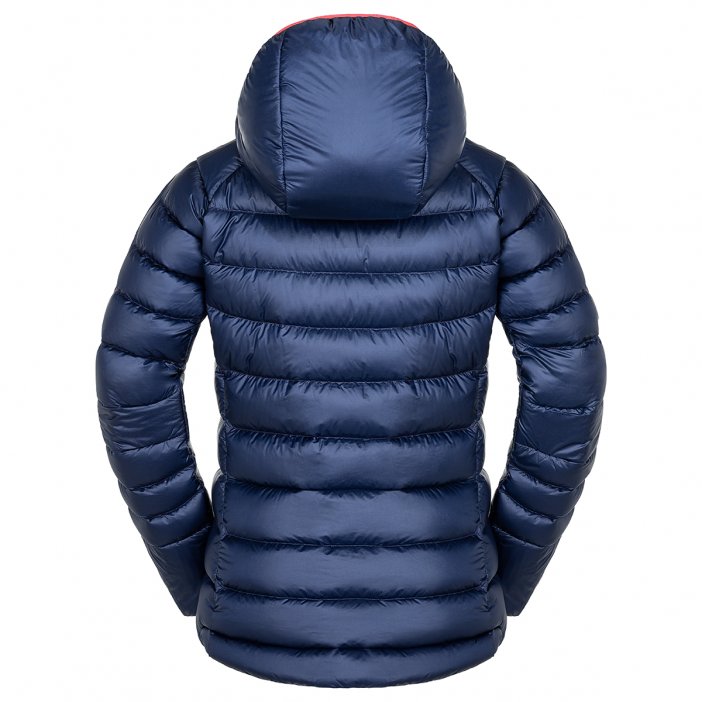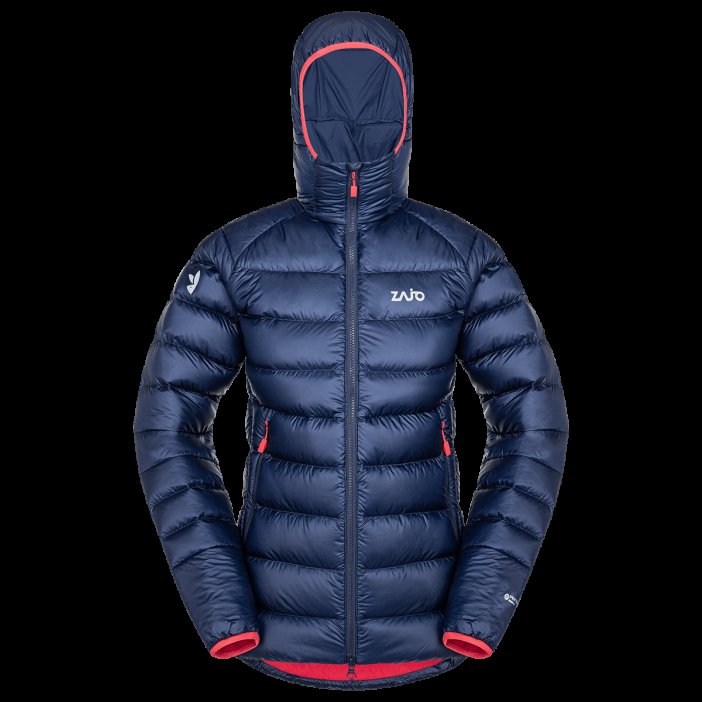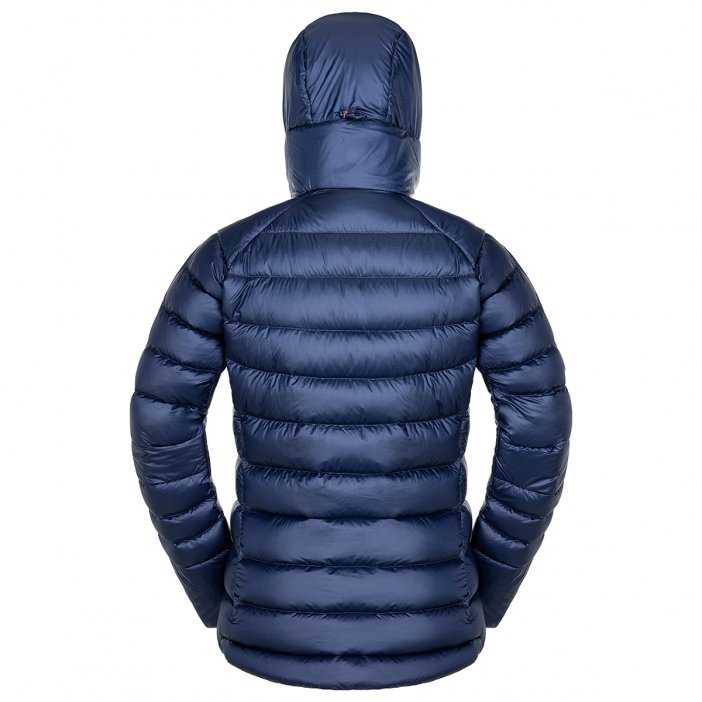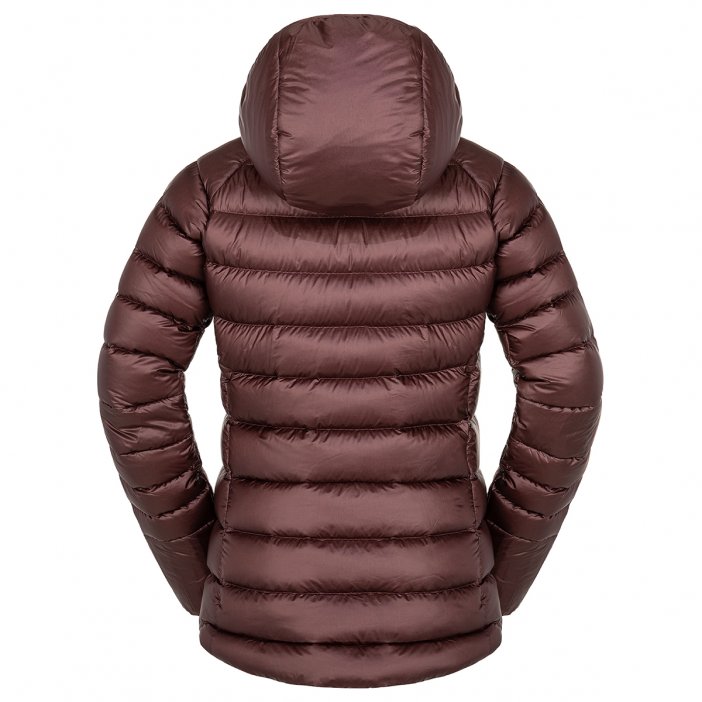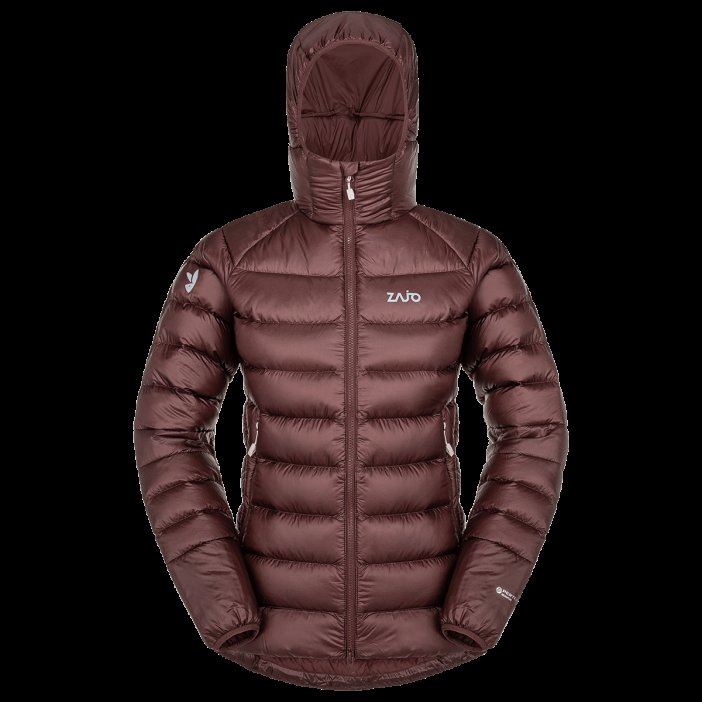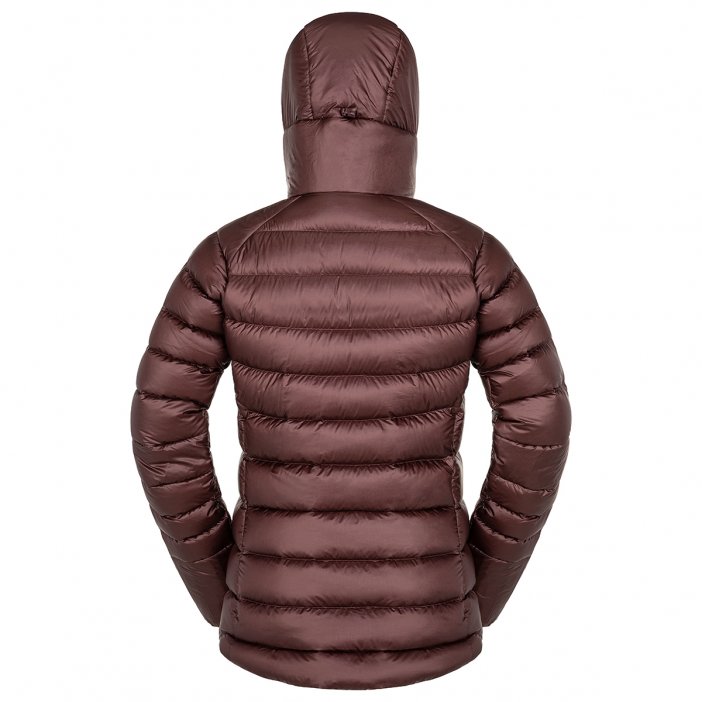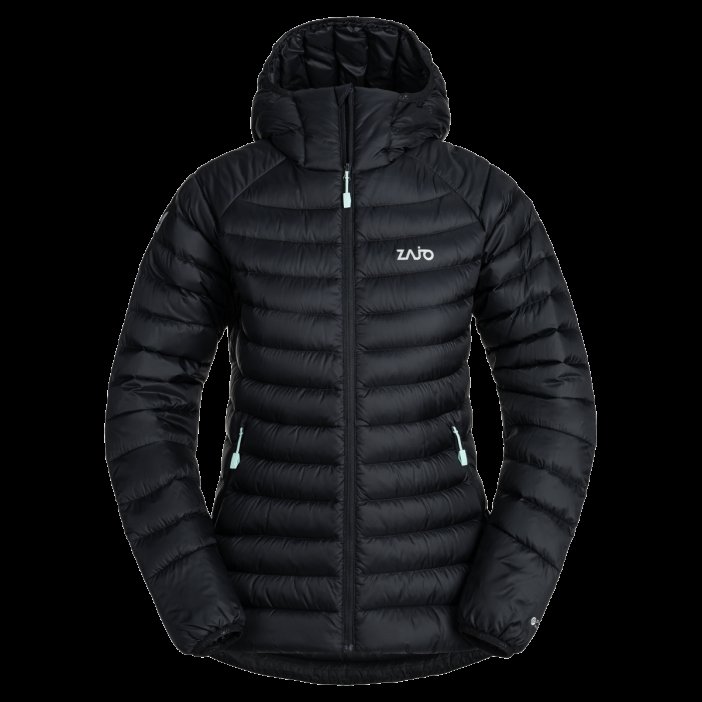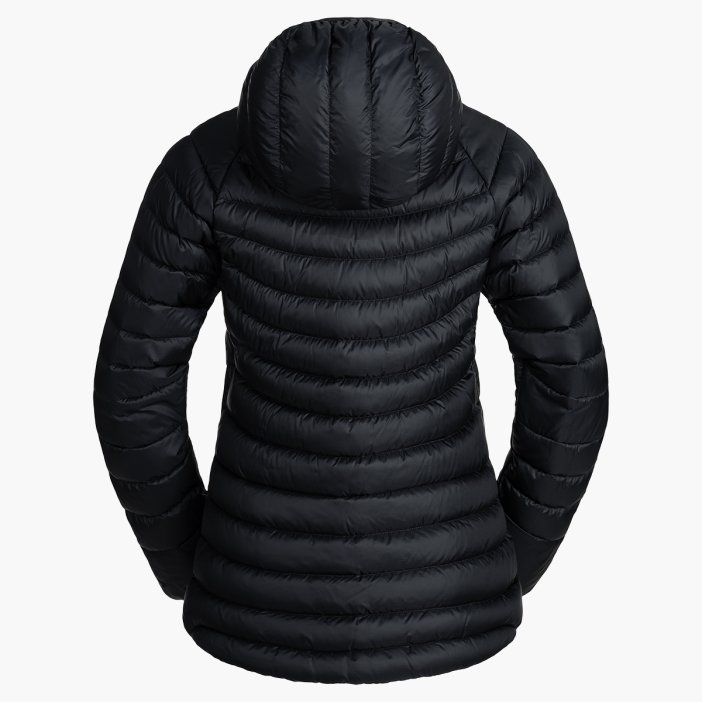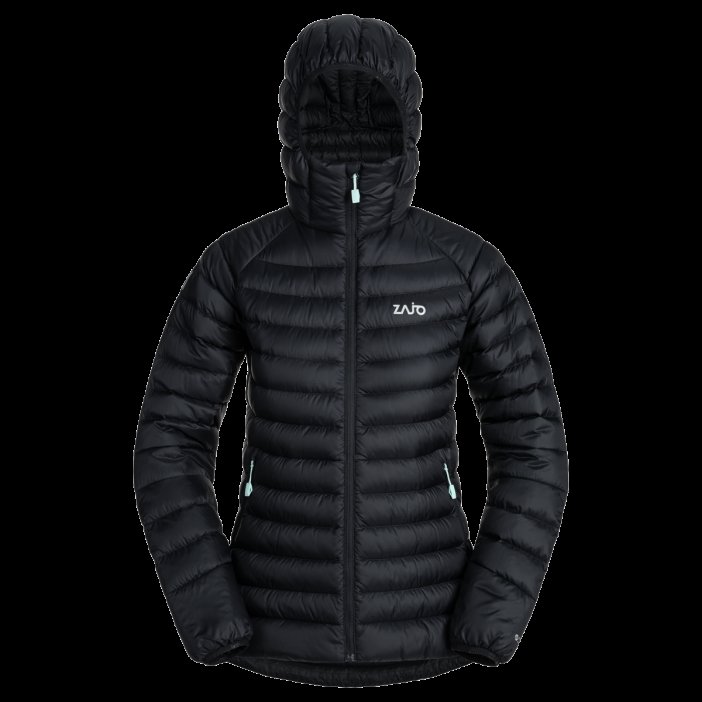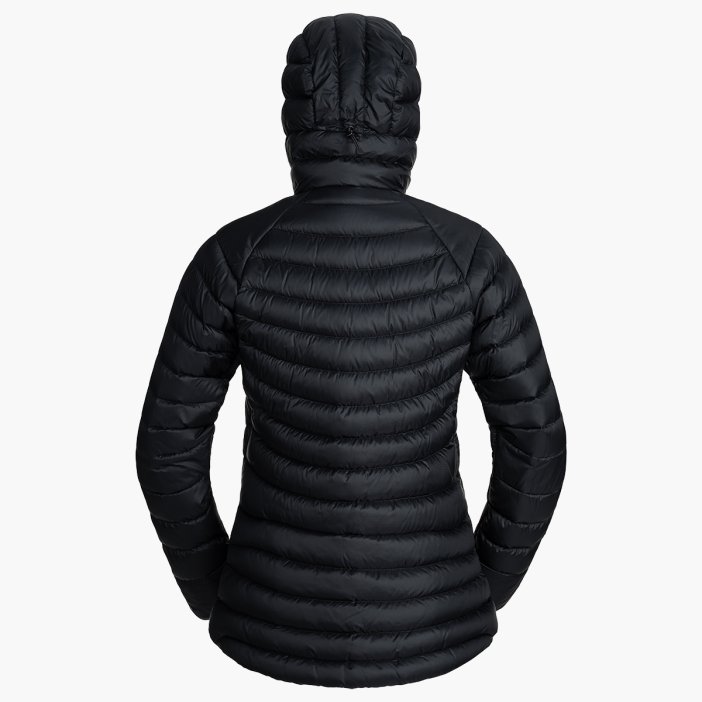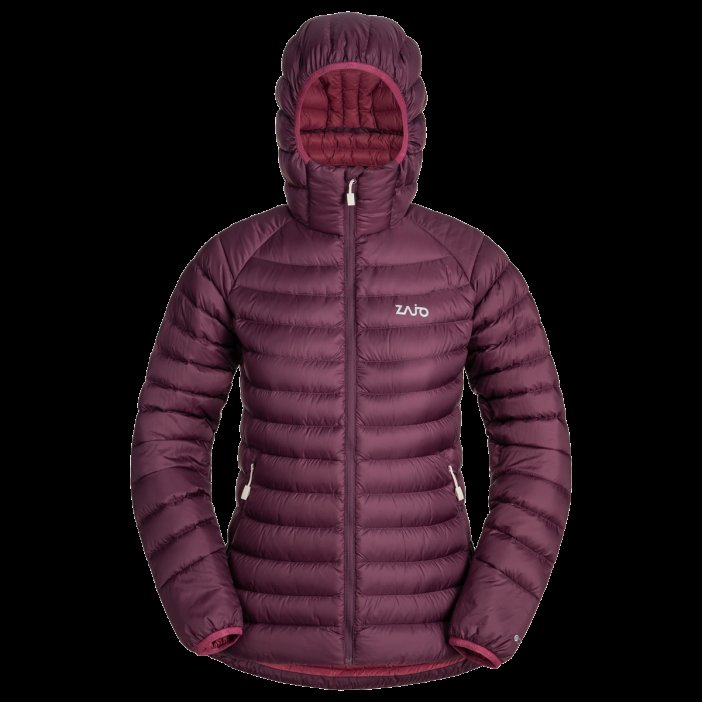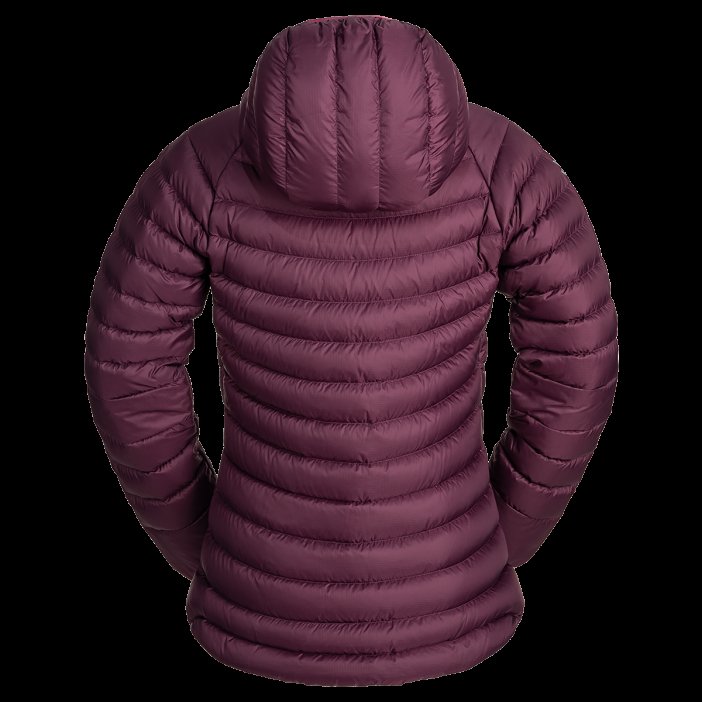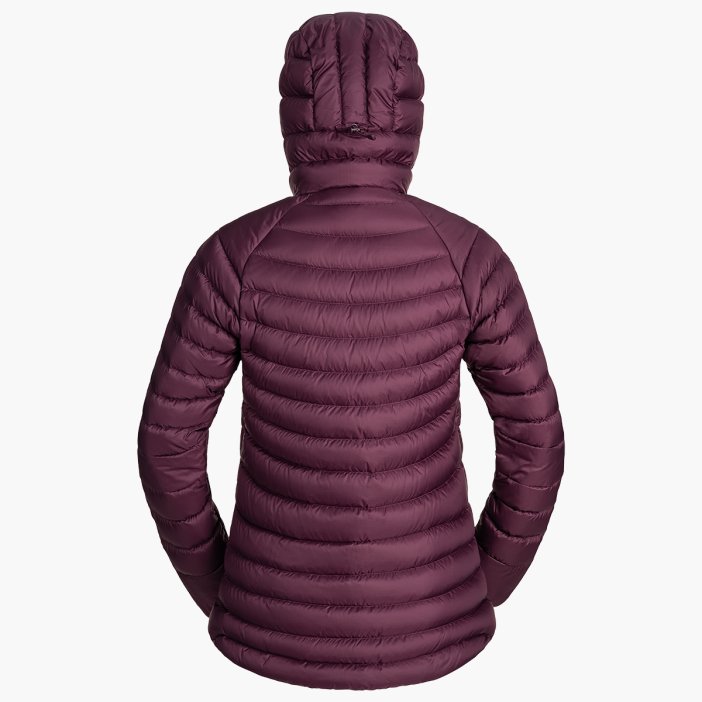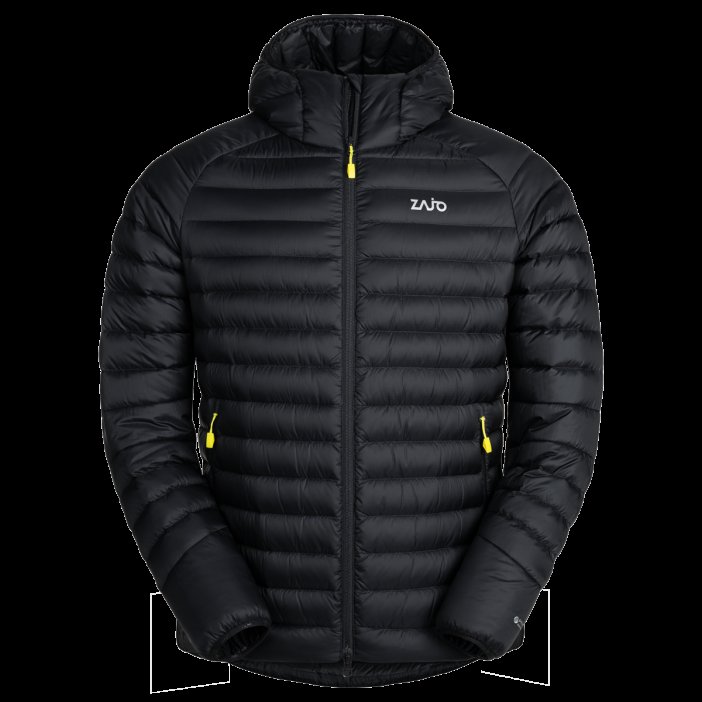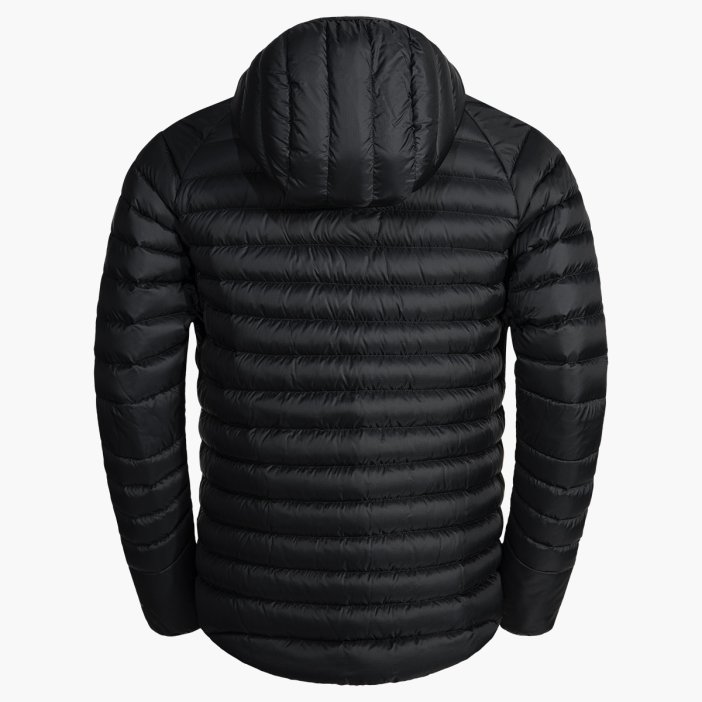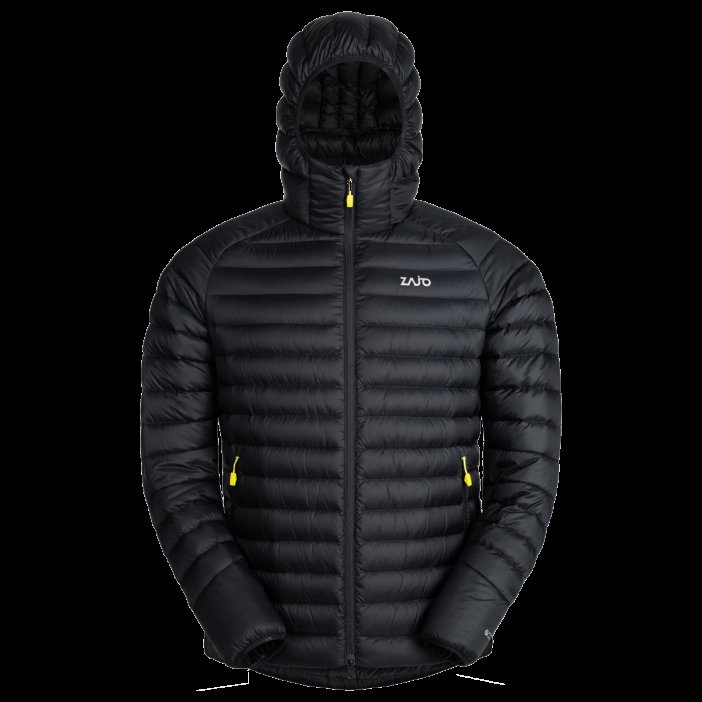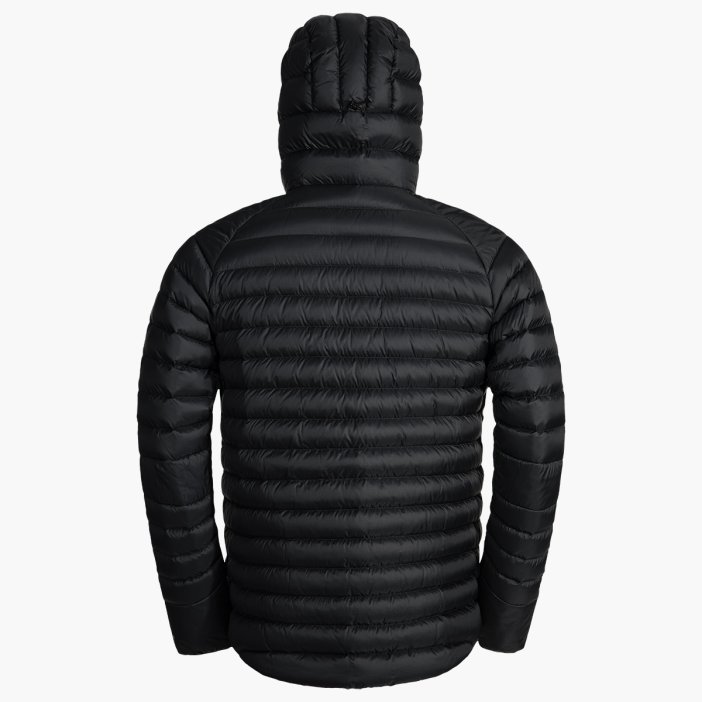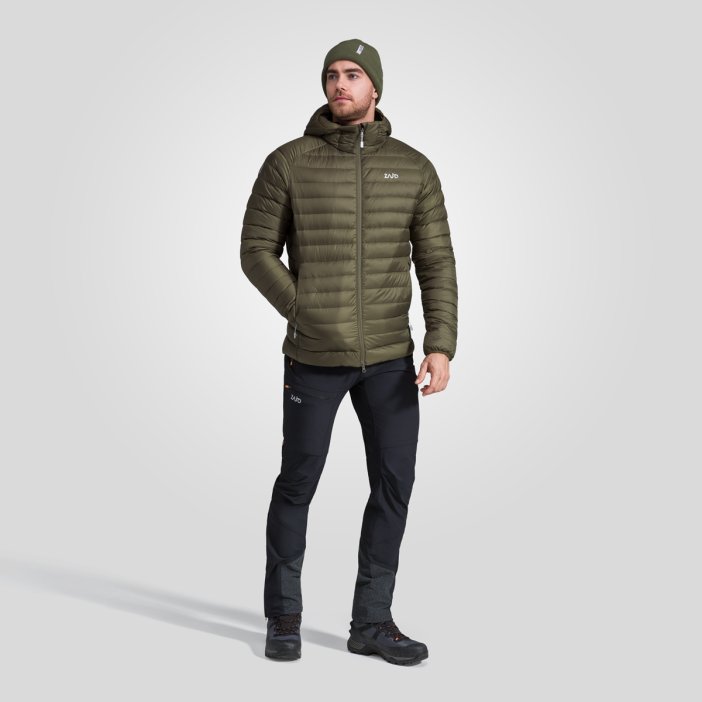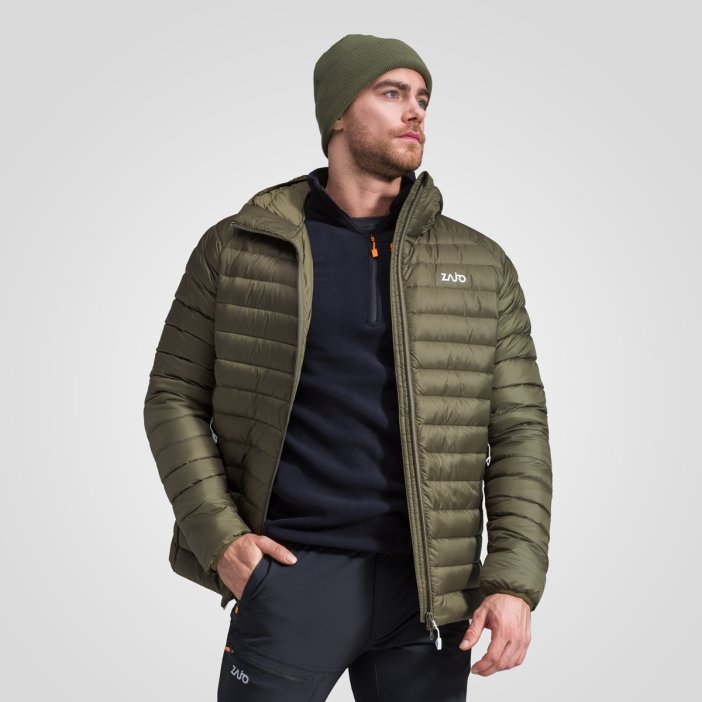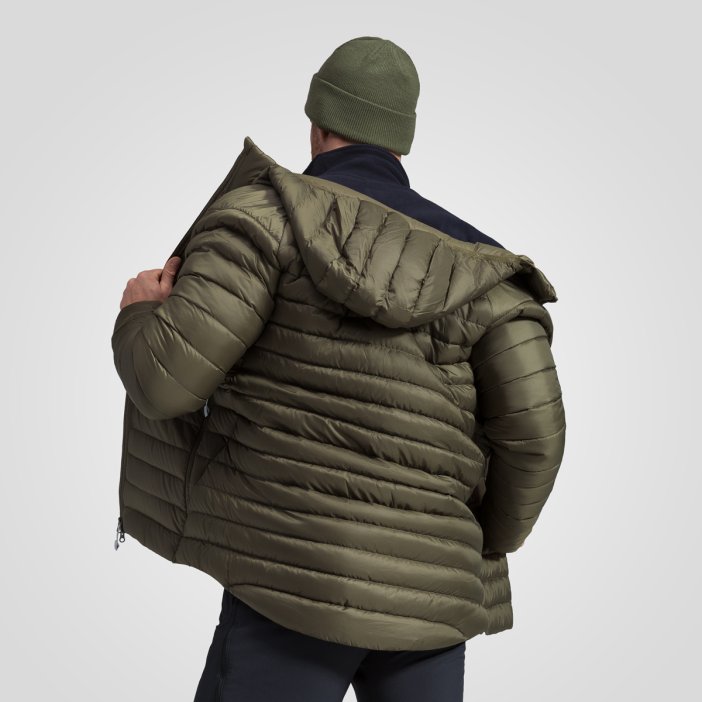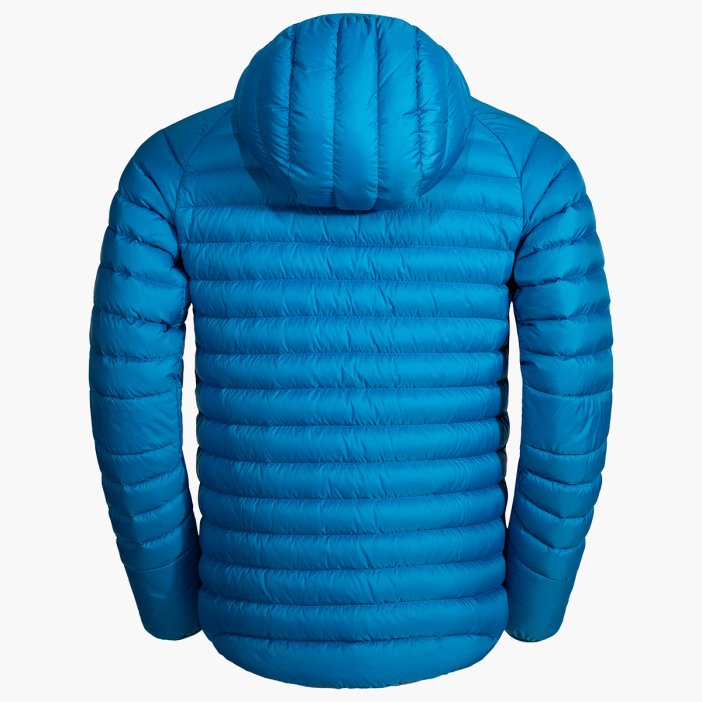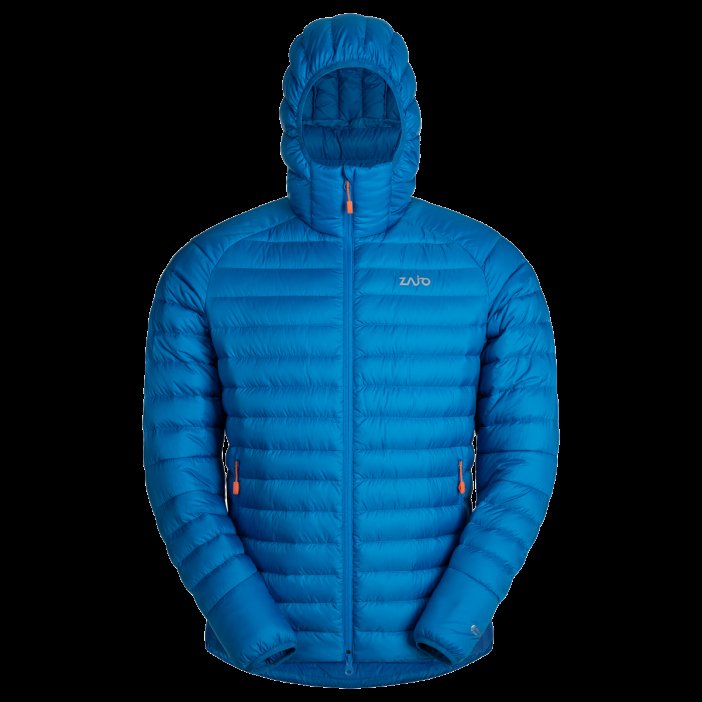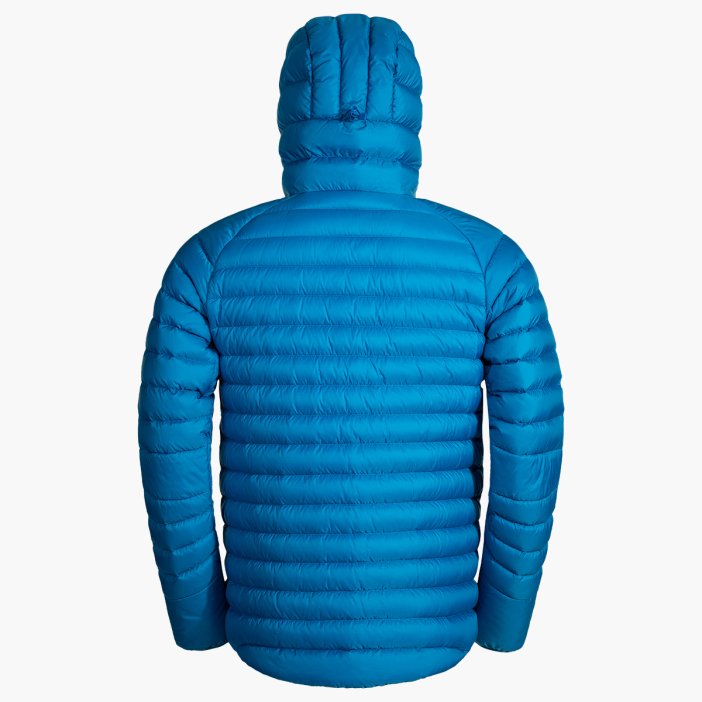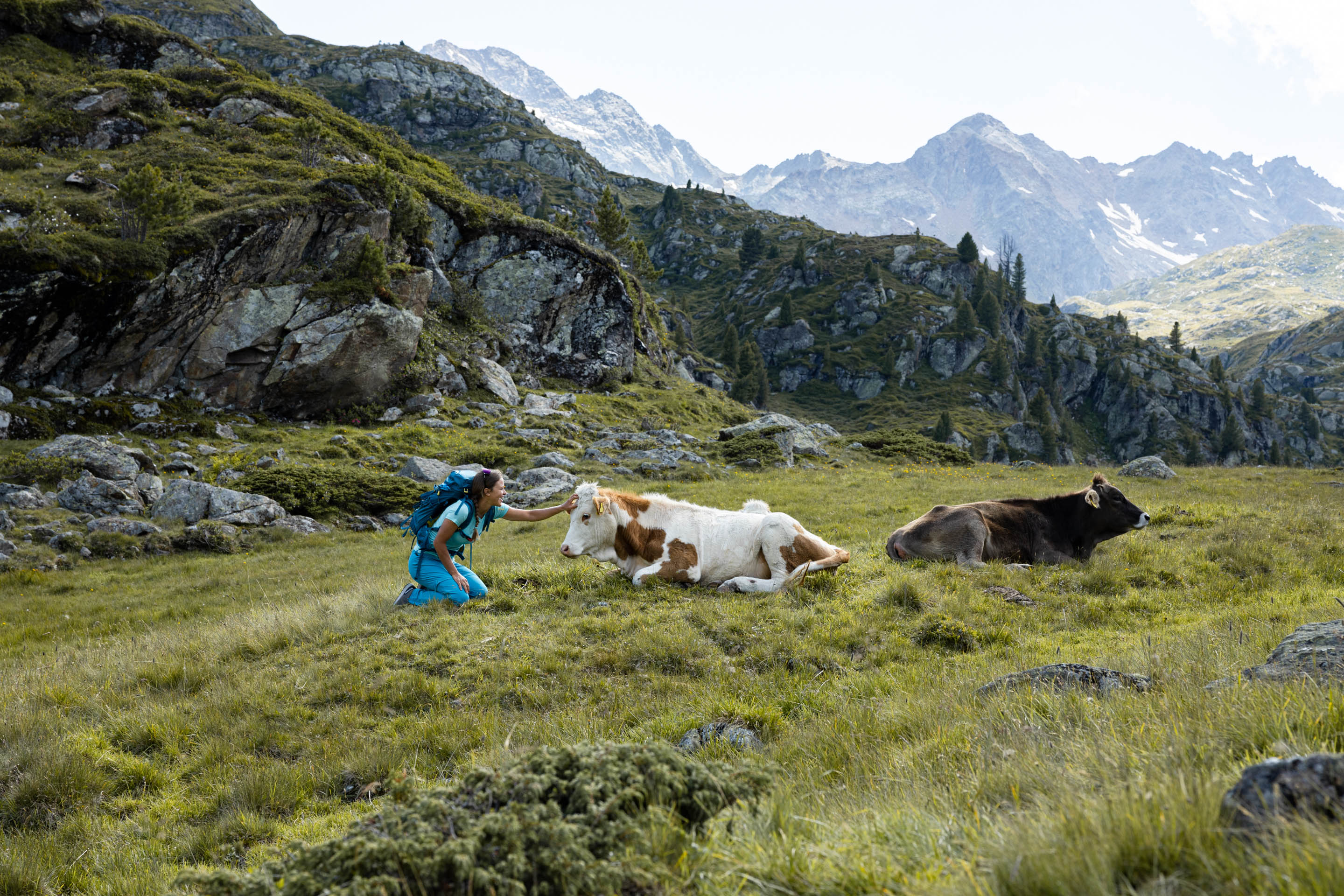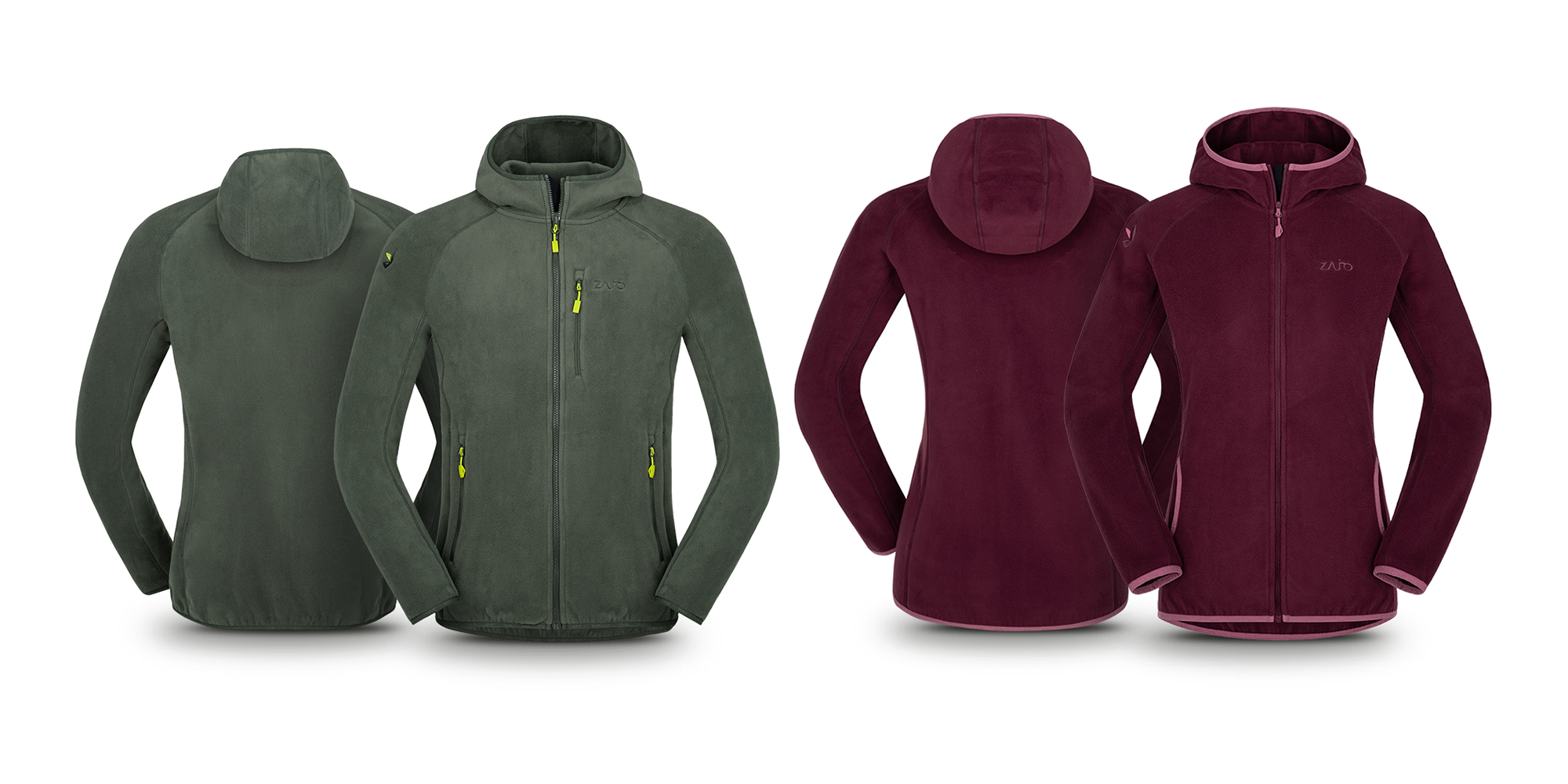Goose vs. Duck Down: Which is the Better Insulator for Your Outdoor Adventures?
When it comes to staying warm on those frigid winter hikes or cold nights camping, choosing the right insulation for your gear is crucial. Two popular options are goose down and duck down, but which one is the better choice for you? And what is Downtek treatment, and how does it impact the sustainability of these materials? Here, we'll explore the differences between goose and duck down, and delve into the sustainability concerns surrounding both.
What is Down?
Before we dive into the differences between goose and duck down, let's first define what down is. Down is the soft, fluffy layer of feathers found underneath the tougher exterior feathers of birds. It is made up of fibers that are thin, strong, and flexible, which allows it to trap and hold warm air close to the body. Down is a natural insulator that is lightweight, compressible, and highly efficient at keeping you warm.

Goose Down vs. Duck Down: What's the Difference?
Both goose and duck down are popular choices for outdoor gear insulation, but there are some key differences between the two.
Warmth: Goose down is generally considered to be warmer than duck down due to its larger cluster size. The larger the down cluster, the better it is at trapping heat and providing insulation. However, this doesn't necessarily mean that goose down is always the warmest option. The warmth of down also depends on its fill power, which is a measure of how much space one ounce of down takes up. A higher fill power means that the down has a higher loft and is able to trap more warm air, resulting in better insulation.
Quality: Goose down is generally considered to be of higher quality than duck down due to its larger cluster size and higher fill power. However, this doesn't mean that all goose down is of higher quality than all duck down. The quality of down also depends on the specific species of bird it comes from and the conditions in which it is collected.
Price: Because goose down is generally considered to be of higher quality than duck down, it is also generally more expensive. However, this doesn't mean that you can't find high-quality duck down at a lower price point. It's important to look at the specific fill power and quality of the down, rather than just the type of bird it comes from, when making your purchasing decision.
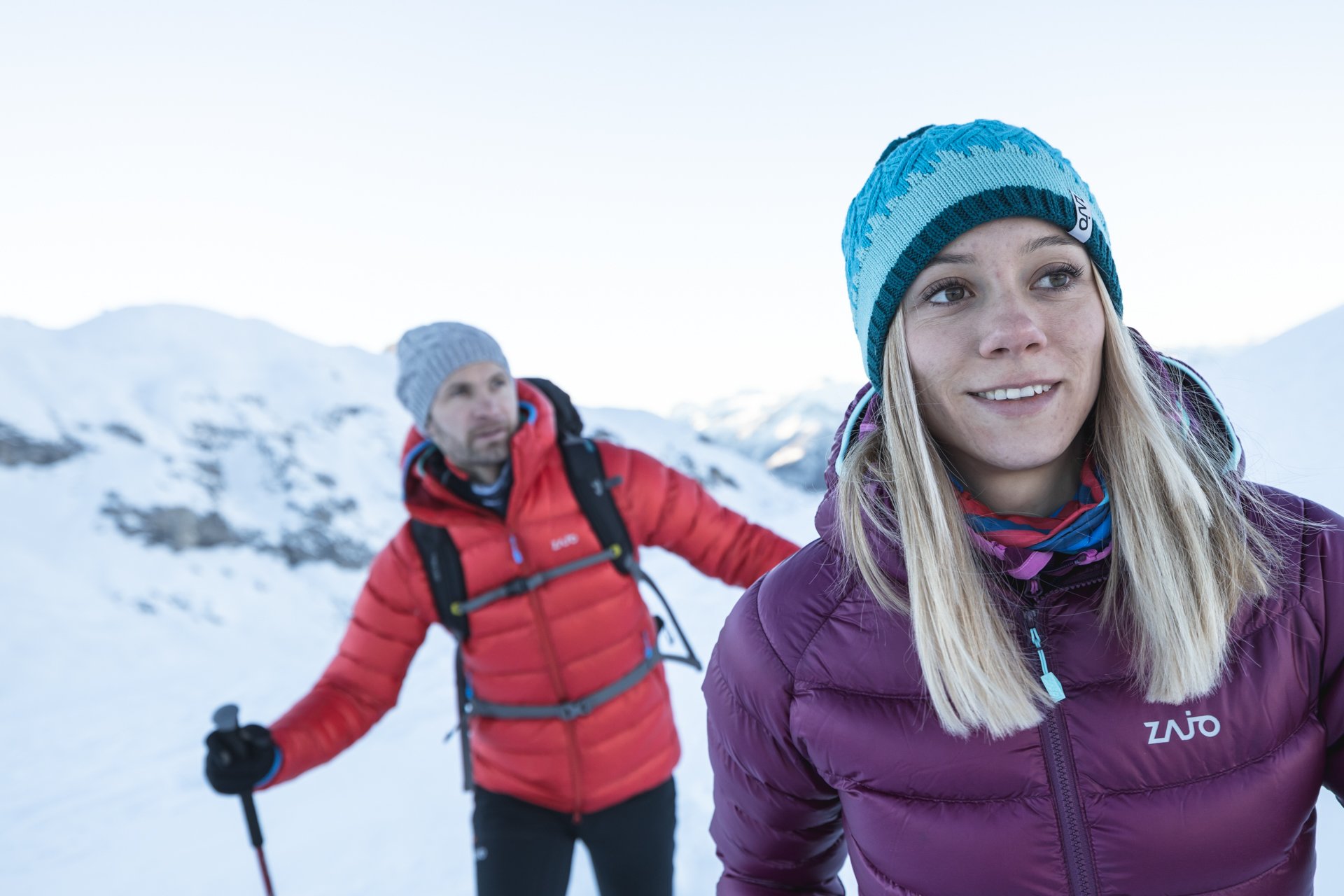
Downtek Treatment
When ordinary down comes into contact with water, droplets of water stick to the down fibers. Such wet down loses its ability to heat - the air cushions that take care of the thermal insulation disappear. However, if moisture comes into contact with down that has been treated with DownTek, it hits a barrier on the surface of the down over which it slides down. This leaves the individual fibres dry, able to insulate effectively.
Down treated with DownTek absorbs 30% less moisture than untreated down, stays dry over 900% longer than untreated down and dries 5x faster than conventional down.
These properties also make it easier to care for down-filled products, which can be machine-washed without degrading the finish. DownTek states that a down jacket with is able to withstand up to five washes without degrading the quality of the down. However, down jackets really only need to be washed in exceptional circumstances.
The DownTek treatment can be used on both goose and duck down. In most of our products we use goose down, which has slightly better properties than duck down. Their ability to heat is similar, but duck down contains oils without which their structure would break down. If duck down gets wet, it may be accompanied by a typical mild smell.
With DownTek, however, this unwanted effect is also minimised - this treatment both prevents moisture from penetrating to the down fibres and acts as a barrier through which this typical odour does not penetrate as intensely.
Sustainability Concerns
When it comes to sustainability, there are a few concerns to consider when choosing between goose and duck down.
Animal welfare: Both goose and duck down can be sourced ethically or inhumanely, so it's important to look for brands that prioritize animal welfare. Choose brands that use down that is sourced from birds that have been raised for food and that have not been live-plucked or force-fed. Look for certifications such as the Responsible Down Standard (RDS), which ensures that the down used in a product has been sourced in a humane and environmentally responsible manner.
Environmental impact: The environmental impact of down production depends on the specific conditions in which the birds are raised and the down is collected. Both goose and duck down can have a negative impact on the environment if they are produced in an unsustainable manner.
Durability: Goose down is generally considered to be more durable than duck down, meaning it can last longer and maintain its insulating properties for a longer period of time. However, both goose and duck down can become less effective over time as the down clusters start to break down and lose their ability to trap warm air. To extend the lifespan of your down gear, be sure to properly care for it by washing it gently and using a down detergent, and avoid exposing it to extreme heat or moisture.
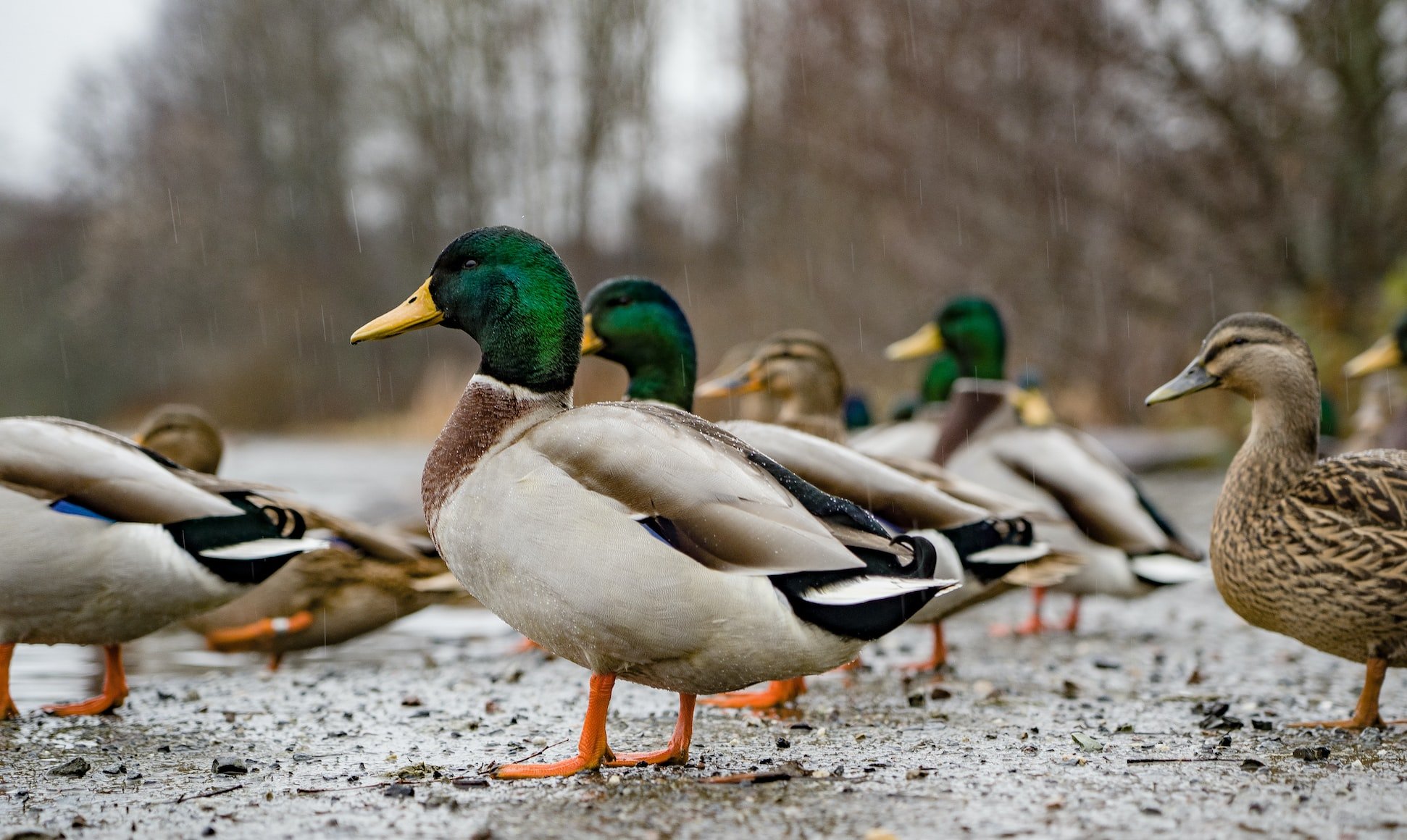
In conclusion, both goose and duck down can be excellent choices for insulation in outdoor gear, but there are some key differences to consider. Goose down is generally considered to be warmer, of higher quality, and more durable than duck down, but it is also generally more expensive. Downtek treatment can help to protect down from moisture, but it's important to consider the sustainability concerns surrounding both goose and duck down and choose brands that prioritize animal welfare and environmental responsibility.


